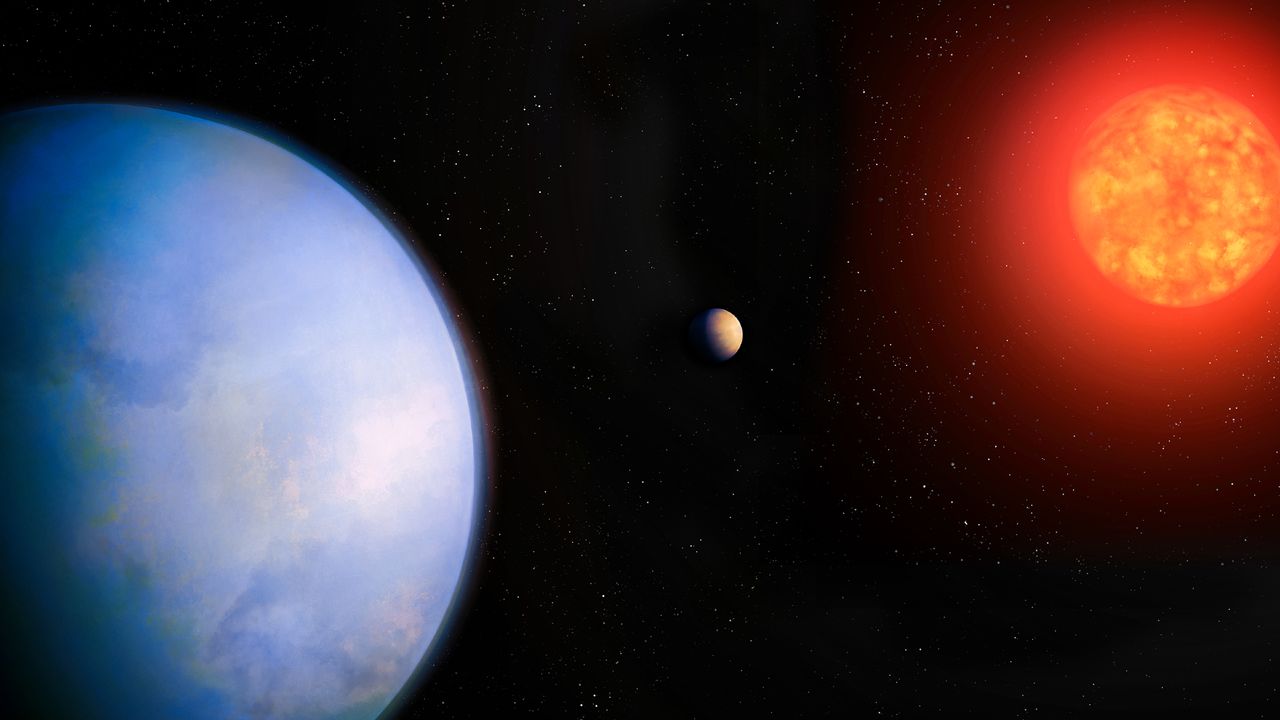A newly discovered super-Earth, designated GJ 251c, lies less than 20 light-years from Earth in the habitable zone of its star. This significant finding positions GJ 251c as a prime candidate in the ongoing search for extraterrestrial life. The planet orbits a red dwarf star located 18.2 light-years away in the Gemini constellation and has a mass approximately four times that of Earth, classifying it as a super-Earth.
According to Suvrath Mahadevan, a professor of astronomy at Penn State University, “While we can’t yet confirm the presence of an atmosphere or life on GJ 251c, the planet represents a promising target for future exploration.” The habitable zone, often called the Goldilocks zone, is crucial because it indicates areas where conditions may allow for liquid water to exist, a key ingredient for life.
The discovery of GJ 251c resulted from more than 20 years of astronomical observations that tracked the subtle wobble of its parent star caused by the planet’s gravitational pull. This wobble creates a measurable Doppler shift in the star’s radial velocity, detectable through advanced spectrographic techniques.
In addition to GJ 251c, another planet, GJ 251b, was identified in the same system in 2020. GJ 251b completes an orbit around its star every 14 days, situated at a distance of 7.6 million miles (approximately 12.2 million kilometers). A team of astronomers, including Mahadevan, refined the accuracy of measurements for GJ 251b using data from various telescopes worldwide, ultimately revealing the presence of GJ 251c.
The detection process is notably challenging, as stars exhibit constant activity, such as convective movements and flares, which generate a noisy background known as asteroseismic activity. Mahadevan explained, “This is a hard game in terms of trying to beat down stellar activity as well as measuring its subtle signals.”
Future observations are planned for GJ 251c, but the James Webb Space Telescope (JWST) may be limited in its ability to search for an atmosphere due to the planet’s distance from its star. Upcoming 30-meter-class telescopes may eventually detect atmospheric signatures, but comprehensive studies will likely rely on the Habitable Worlds Observatory, a large space telescope anticipated to launch in the 2040s.
Despite the excitement surrounding GJ 251c, challenges remain. The star GJ 251, a red dwarf comprising only 36% of the mass of the Sun, is known for emitting strong flares that can strip away planetary atmospheres. Similar stars, such as those hosting the planets Proxima Centauri b, TRAPPIST-1e, and TRAPPIST-1f, have shown a tendency to lack atmospheres, raising concerns about the viability of life-sustaining conditions around red dwarfs.
What benefits GJ 251c is its relative distance from its star, which may protect it from the more intense flares experienced by closer planets. Mahadevan noted, “We made an exciting discovery, but there’s still much more to learn about this planet.” The findings were published in The Astronomical Journal on October 23, 2023, marking a significant milestone in the exploration of potential life beyond our solar system.
